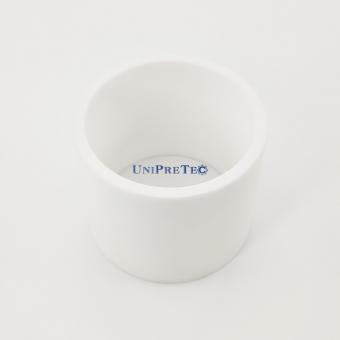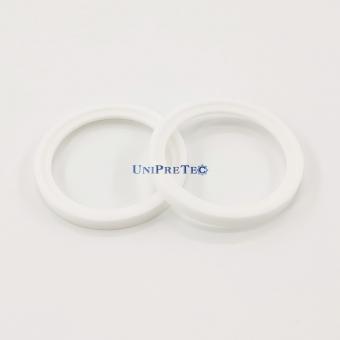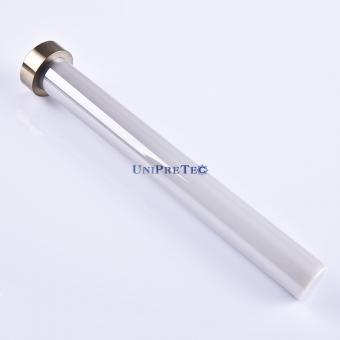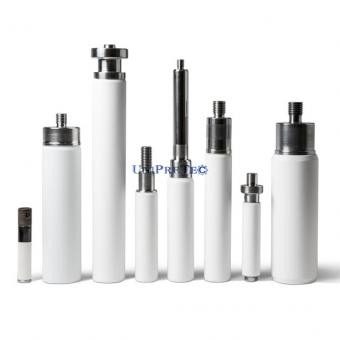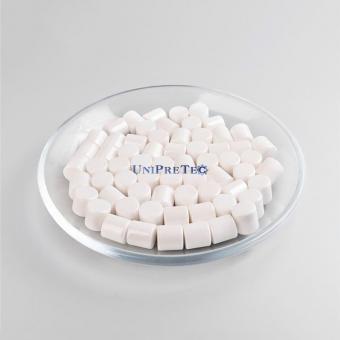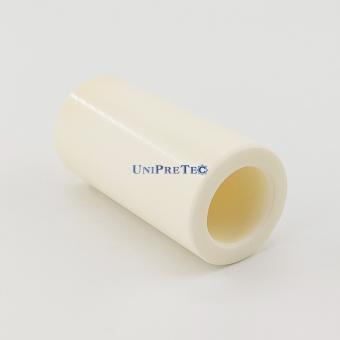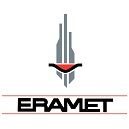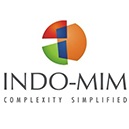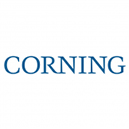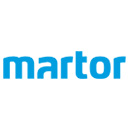1. Nozzle application
Nozzles are widely used in daily life, industrial production, agricultural production and military equipment. It is a very key component in equipment such as spraying, spraying, oil spraying, sandblasting, spraying, etc., and plays an important role.
The nozzle materials range from stainless steel, plastic to silicon carbide, alumina, zirconia, boron nitride, PP (engineering plastics), aluminum alloy and tungsten steel, etc. The application range is generally used in automobiles, electroplating, surface treatment, high-pressure cleaning, dust removal, cooling, desulfurization, humidification, mixing, gardening and other industries.
2. Nozzle classification
There are many classification standards for nozzles, and nozzle classification can be classified according to nozzle function, material, industry, and shape.
(1) According to the nozzle function, it can be roughly divided into: spray nozzle, oil spray nozzle, sandblast nozzle, and special nozzle;
(2) Classified by material, it can be divided into: metal nozzle, plastic nozzle, alloy nozzle, ceramic nozzle;
(3) According to industry classification, it can be divided into: petrochemical nozzles, agricultural nozzles, textile nozzles, paper nozzles, printing nozzles, environmental protection (desulfurization, denitrification, denitrification, dust removal, etc.) nozzles, spray nozzles, iron and steel metallurgy nozzles, electronic nozzles, food nozzle;
(4) According to the shape classification, it can be divided into hollow cone nozzle, solid cone nozzle, square nozzle, rectangular nozzle, oval nozzle, fan nozzle, column flow (direct current) nozzle, two-fluid nozzle, multi-fluid nozzle and so on.
The factors for selecting nozzles include flow rate, pressure, spray angle, coverage, impact force, temperature, material, application, etc., and these factors are often interrelated and mutually restricted. The performance of the nozzle is related to the material, process, and technology of the nozzle, but in some special environments that require high temperature and corrosion resistance, the material performance requirements of the nozzle are extremely high.
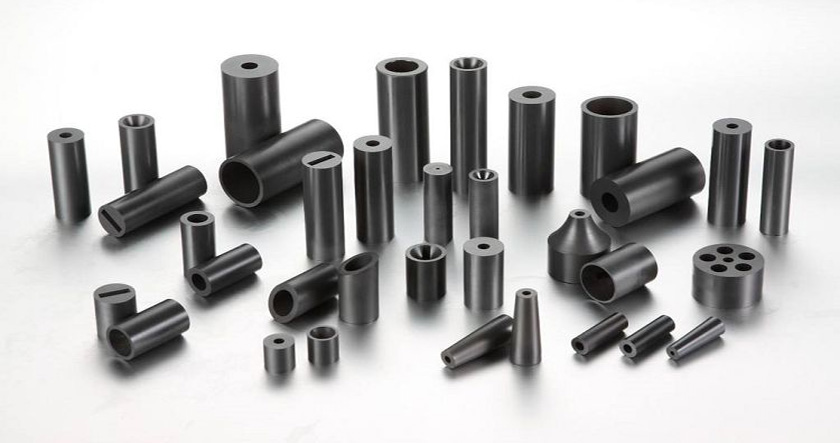
Ceramic nozzles have been continuously improved and updated since they were introduced to China in the 1990s. Mainly improve from two aspects of shape and material: 1) Shape: The shape of the ceramic nozzle has gradually developed from the earliest spiral type, large volume, two-turn spray, to spiral type, vortex type, and small volume. 2) Materials: Materials have gradually developed from oxide ceramics to nitride ceramics and carbide ceramics.
Ceramic nozzles mainly include the following material nozzles:
(a) Oxide ceramic nozzle
Oxide ceramic nozzle (refers to alumina and zirconia materials). As oxide ceramic nozzles are inferior to nitride ceramic nozzles and carbide ceramic nozzles, they have been gradually eliminated. The mainstream products in the market are nitride ceramic nozzles and carbide ceramic nozzles.
(b) Nitride ceramic nozzle
Nitride ceramic nozzle (referring to silicon nitride combined with silicon carbide material) has the advantages of high hardness, strong wear resistance, advantages and disadvantages, and the material is too hard to be used as a spiral nozzle.
(c) Carbide ceramic nozzle
Carbide ceramic nozzle (referring to silicon carbide, boron carbide material), carbide ceramic has the characteristics of high temperature resistance, oxidation resistance, high strength, extreme cold and extreme heat resistance, and good thermal shock resistance. Therefore, the advantage of carbide nozzle is high hardness, good ductility, it can be used as spiral nozzle or vortex nozzle.
Among them, silicon carbide (SiC) ceramic nozzles can be used for desulfurization in power plants to remove sulfur dioxide and some pollutants in the flue gas of power plants. The flue gas of coal-fired power plants and coal-fired combined cycle gas for gas turbine combustion have a common task, namely desulfurization and denitrification (and of course dust removal). The flue gas discharged from power plants without desulfurization and denitrification directly pollutes the atmosphere, while the combined cycle gas without purification treatment will harm the hot end components of the gas turbine. Its exhaust will also pollute the environment.
Ceramic nozzles are key components of thermal power plants, large boilers, and complete sets of desulfurization and dust removal equipment. The domestically produced reaction sintered silicon carbide desulfurization and dust removal nozzles have gradually replaced imported products. At the same time, they have high strength, high hardness, strong corrosion resistance, severe wear, high temperature resistance and other excellent properties, and have a long service life under harsh conditions. The silicon carbide spiral nozzle is the most distinctive one among many nozzles. As the spiral body becomes smaller continuously, the slurry is continuously tangent and collides with the spiral line and then changes direction to spray into a concentric shaft cone, and the liquid is not obstructed in the passage from the nozzle cavity to the outlet. And it still has a very high absorption efficiency under very low operating pressure, and has been universally recognized by the desulfurization system.
Boron carbide (B4C) ceramic nozzles can be used as gun nozzles in the military gunpowder industry. Boron carbide is extremely hard and wear-resistant, does not react with acid and alkali, is resistant to high, low temperature, high pressure, density ≥2.46g/cm3; microhardness ≥3500kgf/mm2, bending strength ≥400MPa, and melting point of 2450 degree C. The boron carbide nozzle has the above characteristics of wear resistance and high hardness, and it will gradually replace the known sandblast nozzles of cemented carbide, tungsten steel, alumina, zirconia, silicon nitride, silicon carbide and other materials.
Boron carbide ceramic nozzles can also be used in water cutting technology. Water cutting technology has been widely used in all walks of life. Waterjet uses this technology to make water sharp like a knife. How to control the water jet in the cuttable range to perform perfect cutting, the nozzle plays a decisive role at this time. The high-pressure water jet device is centered on the nozzle, because the nozzle is a direct device that forms the water jet, and the effect it can achieve directly affects other parts of the system. Don't ignore the small accessories just because you focus on the main equipment. Often small accessories can play a vital role. The nozzle is an important element of the water jet device, which not only controls the cutting speed of the water jet, but also restricts the other parts of the system.







